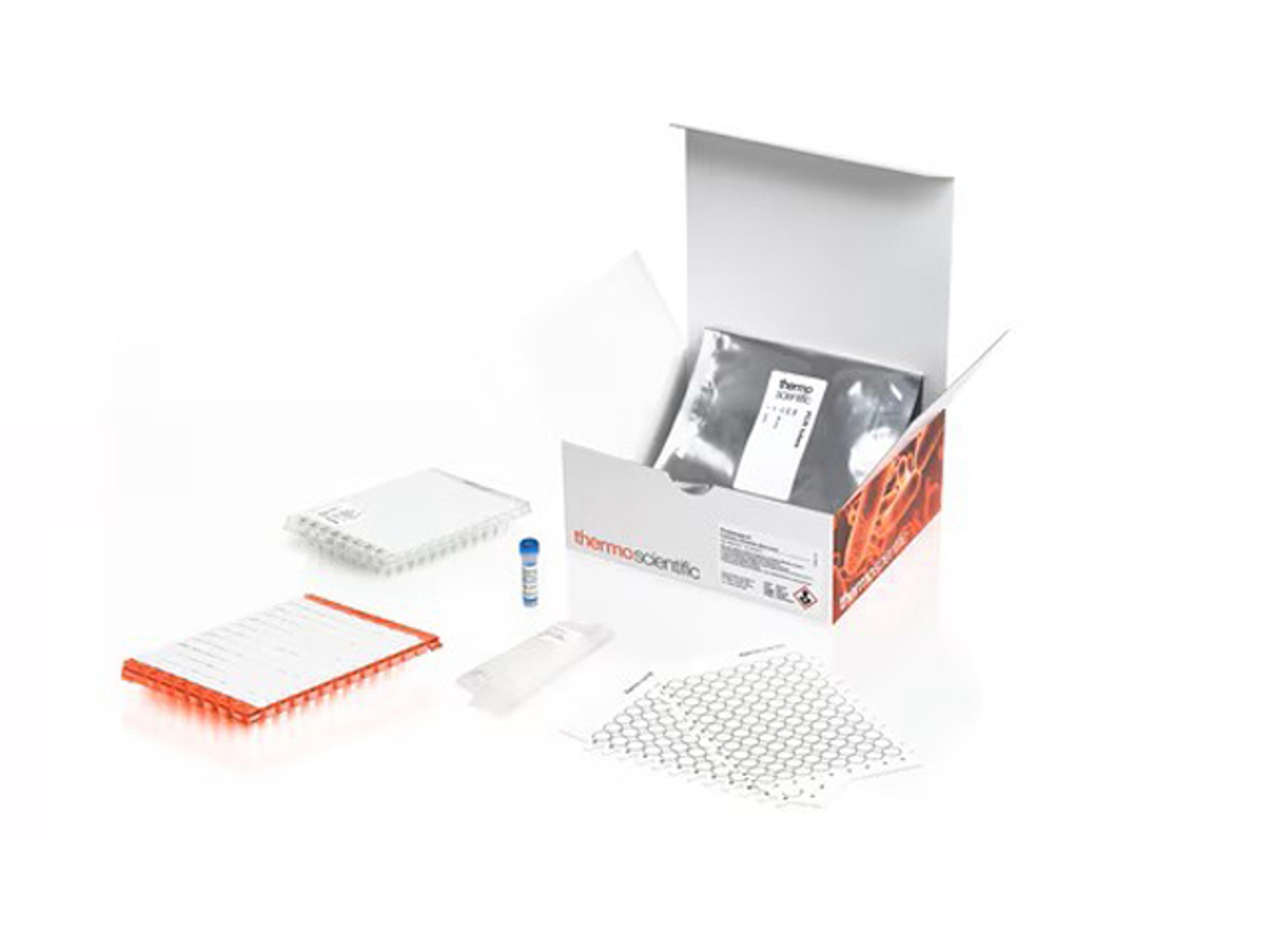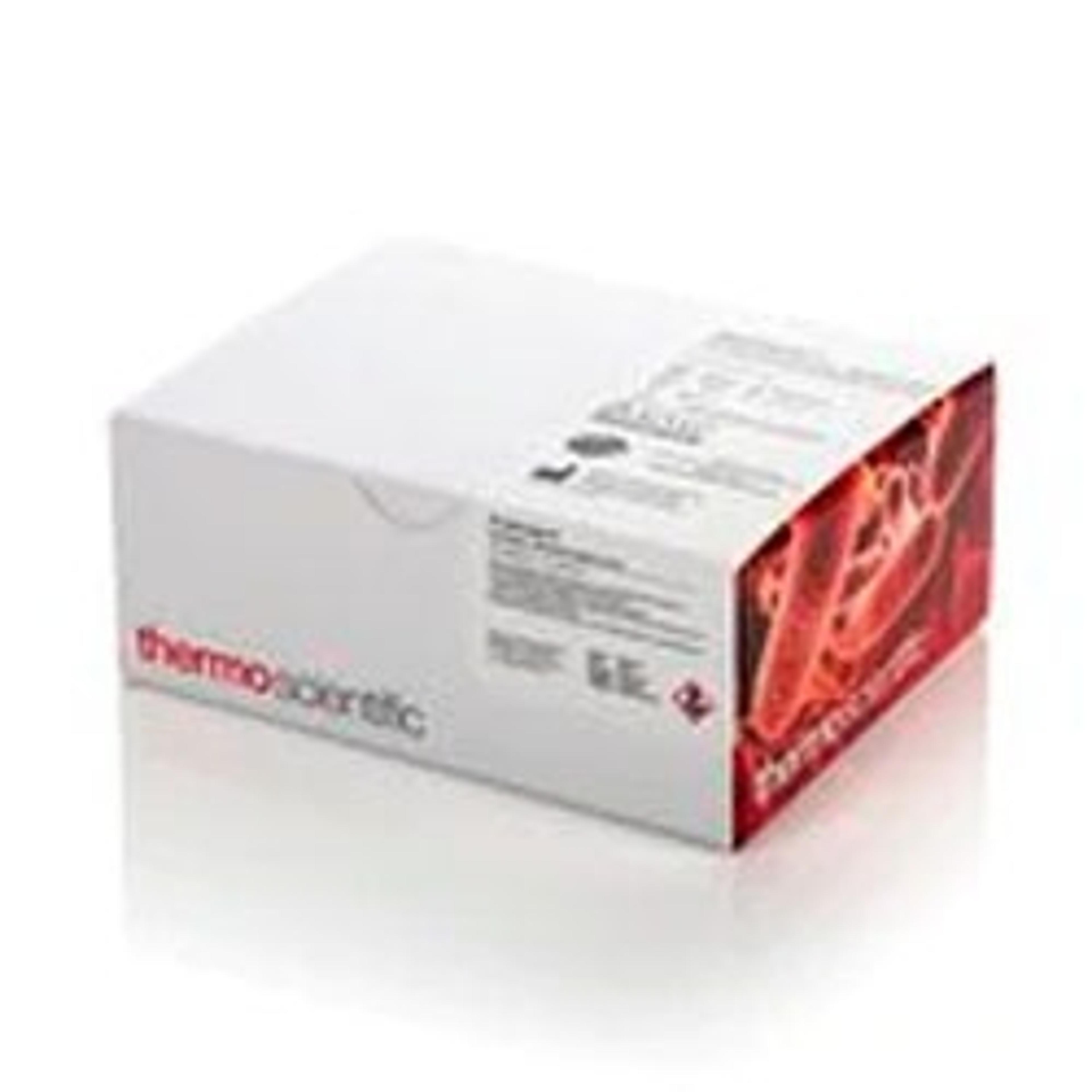The secret to <i>Salmonella</i> detection: Quick, accurate and low-cost screening in one day
15 Sept 2020

In this exclusive interview, we hear from Dr. Daniele Sohier, Senior Manager, Global Scientific Affairs - Food Protection at Thermo Fisher Scientific, about how her team helps combat foodborne pathogens by developing state-of-the-art workflows for easy and fast Salmonella spp. detection, with same-day results for fresh food products. Thanks to her various roles over the past 20 years, Sohier has coordinated more than 100 validation studies of alternative methods in food microbiology; she has received awards from AOAC International for her work on the recognition of a number of disruptive technologies.
The past president of IAFP Europe, Sohier is strongly involved in international standardization with ISO and AOAC, working as project leader for the development of the ISO 16140-7 standard on the validation of identification methods, and Chair of the AOAC working group on the validation of molecular methods for food authenticity analysis, whilst working as a member of the Board of Directors at AOAC International, MicroVal General and Technical committees, as well as AFNOR Certification technical committee.
Why is the accurate detection of foodborne pathogens so important?
DS: According to the World Health Organization (WHO), there are 600 million cases of foodborne diseases and 40,000 deaths every year. These numbers correlate with estimations made by regional food safety authorities. For instance, in order to illustrate these numbers at a regional level, equivalent to one in six Americans suffer from foodborne diseases every year; this results in more than 120,000 hospitalizations and 3,000 deaths per year according to the US FDA. More than 91,000 salmonellosis cases are reported each year by the European Union members states, with probably a €3 billion yearly economic burden. These numbers certainly help in understanding the societal impact. However, there is no zero risk. In order to develop appropriate control measures, food safety authorities are developing an integrated approach from farm to fork. Such a two-step approach gathers risk assessment with data collection, analysis and recommendations in the one hand, and risk management with legislative measures and targets for reduction in the other hand. This is supported by timely and effective risk communication.
What is the importance of Salmonella serovars in animal and plant-based foods and how can understanding its global epidemiology be key to controlling and monitoring this bacterium?
DS: Salmonella zoonoses are mainly in poultry, but as well in pork stocks. Therefore, the integrative approach for Salmonella focuses on primary poultry and pig production, as the highest levels of Salmonella-positive samples occurred in meat products. Implementation of this strategy limits environmental contamination, reducing transmission level and public health impacts.
Most of the countries over the world are applying control measures, and some regions, such as Europe and the USA, have established tracking requirements regarding the top 1 or 2 Salmonella serotypes in the poultry segment: Salmonella Enteritidis and Salmonella Typhimurium.
Salmonella is also carefully tracked in other productions than could be impacted with environmental contamination from livestock such as vegetables, milk and dairy products.
The data are reported to relevant competent authorities, with the objective to adapt the legislation requirements for better and relevant control measures in both primary and food production.
How do you meet the demands of Salmonella testing and compliance? What are the challenges your customers face and how does your technology help overcome these?
DS: Thermo Fisher has developed several workflows to meet the various industrial segments’ needs, enabling the producers to fulfill the zoonoses directives and food safety regulations. RapidFinder™ technology enables Salmonella genus detection together with Salmonella Typhimurium and Salmonella Enteritidis specific detection for accurate surveillance in primary production. The SureTect Salmonella Assay™ workflow offers easy and fast Salmonella spp. detection, with same-day results for fresh food products with short shelf lives, such as produces and fresh meats, and next-day results with the usual workflow.
Confirmation is, of course, facilitated with the use of the Chromogenic Brilliance™ Salmonella plate together with the Thermo Scientific Salmonella Latex Test. It is always strange to me as most of the chromogenic media solutions available on the market are combined with our Thermo Fisher latex portfolio, it is like a compelling solution.
Why are rigorous QC procedures and validated molecular testing workflows important?
DS: There are finally two types of methods available for routine testing worldwide: the standard methods and the alternative methods, which are often proprietary. These alternative methods are offering easy handling and short time-to-result in comparison to the reference methods.
The food safety authorities select the standard methods and define the regulation criteria; they also establish the technical rules for the recognition of alternative methods in their territory. This is usually done by running validation studies, based on the comparison of the performances of the alternative method and respective reference method. This makes complete sense and getting a full validation scheme according to the ISO 16140-2:2016 standard and the AOAC guidelines is the first objective when launching new solutions. It is the assurance of delivering methods with the required quality performances, ensuring the recognition by the competent authorities.
How easy is it to implement the SureTect and associated media into the lab?
DS: A well-accomplished validation plan helps the end users in implementing the method for their own purpose as most of the quality assessment work is already available. Additionally, we have developed verification guidelines according to the upcoming ISO 16140-3 to ensure a user-friendly implementation of the method. It looks like many customers plebiscite the available methods and verification tools.
The field application specialists are trained and familiar with the relevant standards and accreditation requirements for their respective country, in order to support the end users when running a new method implementation.
How does the SureTect workflow help increase lab efficiency?
DS: Several workflows are currently harmonized to fit industrial segments’ needs, such as Salmonella and STEC detection in fresh meats, or Salmonella and Cronobacter detection in infant formula and cereals, and as already mentioned, shortened workflows are available for rapid release of fresh food products on the market. Thermo Fisher offers a complete portfolio from the enrichment broths to the confirmation steps; this includes culture media and molecular methods, but as the basics: biochemical identification, latex test and Dynabeads™ for immuno-separation. The instruments such as the thermocyclers are of course produced by Thermofisher, and the metrology controls are ensured with the required quality assurance requirements worldwide such accreditation of the service.
What do you see as the future developments in this area?
DS: The food safety authorities are pushing for whole genome sequencing (WGS) for source tracking. However, industry is somehow questioning the pragmatism of implementing such a technology in routine testing. According to a recent publication from Adrianne Klijn and co-authors last summer, it is unlikely that WGS will replace all other typing tools in the near future. There are certainly several reasons for that: costs, time-to-results that doesn’t fit with routine surveillance, complexity of analysis, lack of standardization. There are probably some expectations for solutions to replace classical typing and fingerprinting, but it looks as though WGS is not the technology of choice according to industry perspectives.
Do you use Thermo Fisher products in your lab? Write a review for your chance to win a $400 Amazon gift card>>


